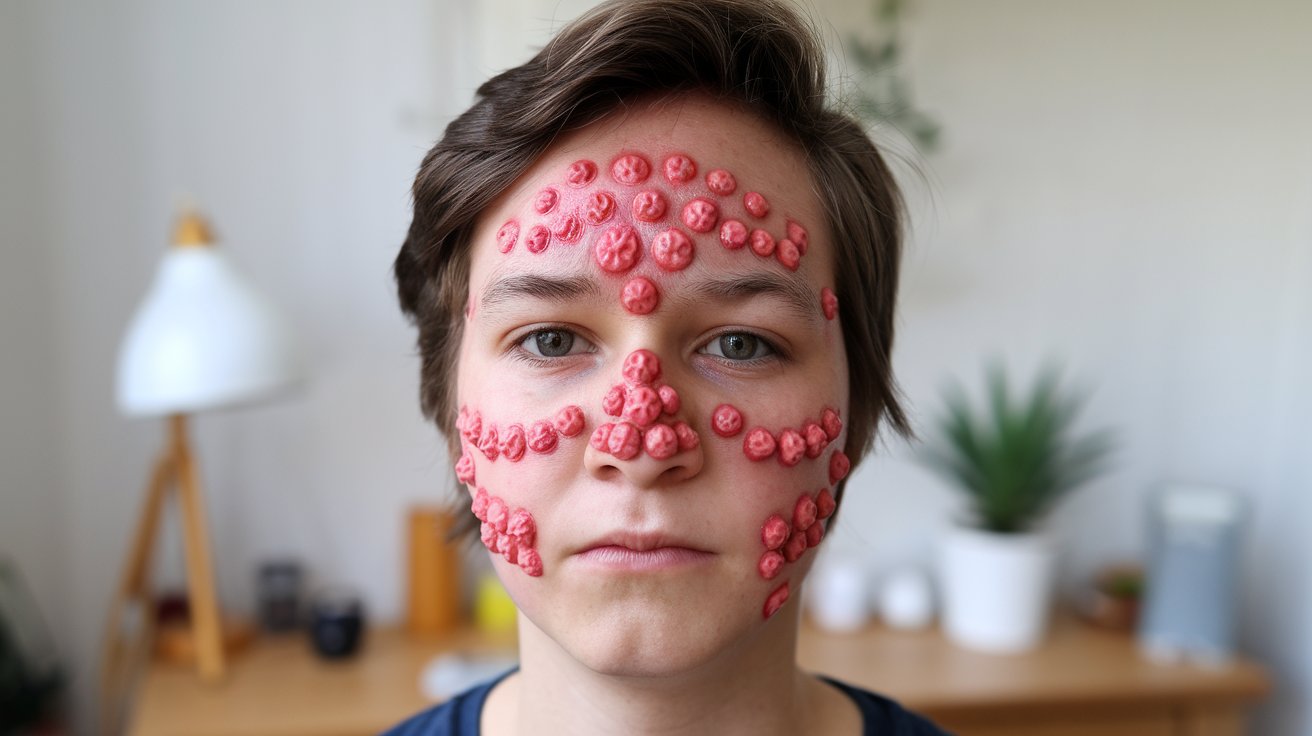
Kohlschütter-Tönz Syndrome (KTS) is a rare genetic disorder that combines severe neurological issues with unique dental problems. First identified in 1974 by Alfried Kohlschütter and Othmar Tönz, this condition is primarily linked to mutations in the ROGDI gene. Individuals with KTS often face epilepsy, psychomotor delays, and intellectual disabilities. A hallmark of the syndrome is amelogenesis imperfecta, which affects tooth enamel, making it thin and prone to decay. Diagnosing KTS involves genetic testing and recognizing its distinct symptoms. While treatments exist, managing KTS remains challenging due to its complexity and the severity of its symptoms.
What is Kohlschütter-Tönz Syndrome?
Kohlschütter-Tönz Syndrome (KTS) is a rare genetic disorder that affects both the brain and teeth. It was first identified in the 1970s and has since been recognized for its distinct combination of symptoms.
-
History and Discovery: KTS was first described in 1974 by Alfried Kohlschütter and Othmar Tönz. They observed an infant with severe neurological issues and unique dental problems.
-
Genetic Basis: KTS is an autosomal recessive disorder. This means a child must inherit two copies of the mutated gene, one from each parent, to be affected. The primary gene involved is ROGDI.
Clinical Features of KTS
The symptoms of KTS are varied and can be quite severe. They primarily affect neurological functions and dental health.
-
Epilepsy: Seizures often start early in childhood and can be tough to control with medication. Some patients may respond to drugs like perampanel, but many do not.
-
Psychomotor Delay or Regression: Children with KTS often show delays in motor skills and may even lose skills they had previously acquired.
-
Amelogenesis Imperfecta: This dental condition causes tooth enamel to be thin, rough, and prone to breaking. Teeth may also appear brown or discolored.
-
Intellectual Disability: The severity of intellectual disability varies. Some individuals may never learn to speak and could become bedridden early in life.
-
Spasticity: Some patients develop spastic tetraplegia, which severely affects their ability to move.
Dental Anomalies in KTS
The dental issues in KTS are a hallmark of the syndrome and require special attention.
-
Hypoplastic or Hypocalcified Enamel: The enamel on teeth is either underdeveloped or improperly formed, making teeth more susceptible to decay.
-
Discoloration: Teeth often appear brown or yellow due to the enamel defects, affecting both baby and adult teeth.
Diagnostic Tools
Diagnosing KTS involves a combination of clinical observation and genetic testing.
-
Brain Imaging: MRI scans may show mild brain abnormalities, such as atrophy of the cranial vermis or a small pons.
-
Electroencephalography (EEG): EEG tests often reveal abnormal brain activity, including epileptiform discharges and increased spike waves during sleep.
-
Genetic Testing: Identifying mutations in the ROGDI gene through genetic tests confirms the diagnosis. However, other genes may also be involved.
Managing KTS
Managing KTS is challenging due to the severity and variety of symptoms.
-
Epilepsy Treatment: Most patients have epilepsy that is resistant to medication. Some may show partial improvement, but complete control is rare.
-
Spasticity Treatment: Baclofen can help with spasticity, but not all patients respond to this treatment.
-
Dental Care: Regular dental check-ups and interventions are crucial to manage tooth decay and other dental issues.
-
Nutritional Support: Many patients struggle with growth and development, making nutritional support essential.
-
Rehabilitation: Physical, occupational, and speech therapies can help improve motor skills and daily functioning.
-
Psychological Support: Families often need psychological support to cope with the challenges of living with KTS.
Research and Future Directions
Research into KTS is ongoing, with the hope of finding better treatments and understanding the syndrome more fully.
-
Animal Models: Rogdi knockout mice are used to study the syndrome and may help identify new treatment targets.
-
Future Prospects: Ongoing research into the ROGDI protein and its role in the body offers hope for new therapies and better management of KTS.
Final Thoughts on Kohlschütter-Tönz Syndrome
Kohlschütter-Tönz Syndrome (KTS) is a rare genetic disorder with severe neurological and dental symptoms. First identified in 1974, KTS involves mutations in the ROGDI gene, leading to epilepsy, psychomotor delays, and amelogenesis imperfecta. Diagnosis hinges on recognizing these key features and confirming them through genetic testing. Managing KTS is tough due to treatment-resistant epilepsy and significant physical and cognitive impairments. Regular dental care, nutritional support, and rehabilitation services are crucial for improving quality of life. Despite its rarity, ongoing research into the ROGDI protein and animal models offers hope for better treatments. Understanding KTS helps in providing comprehensive care and support for affected individuals and their families. The future holds promise as research continues to uncover more about this complex syndrome.
Was this page helpful?
Our commitment to delivering trustworthy and engaging content is at the heart of what we do. Each fact on our site is contributed by real users like you, bringing a wealth of diverse insights and information. To ensure the highest standards of accuracy and reliability, our dedicated editors meticulously review each submission. This process guarantees that the facts we share are not only fascinating but also credible. Trust in our commitment to quality and authenticity as you explore and learn with us.


